Wuhan Revolution Museum: A Must-Visit for History Enthusiasts
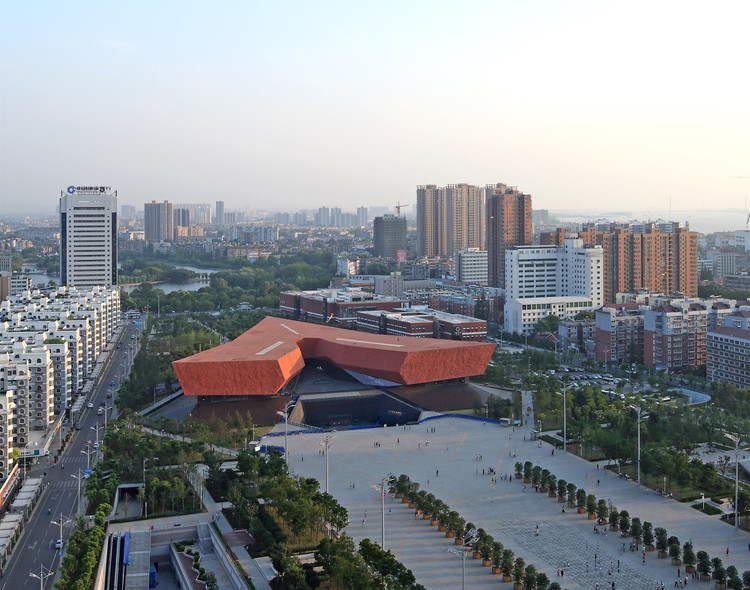
An Essential Guide to Visiting Wuhan Revolution Museum 1911
In This Guide
- An Essential Guide to Visiting Wuhan Revolution Museum 1911
- The Rich History and Legends of Wuhan Revolution Museum 1911
- Main Highlights: What You Absolutely Can’t Miss
- Planning Your Visit: A Practical Guide
- Tickets: Prices, Booking, and Tips
- How to Get There: A Complete Transportation Guide
- Local Cuisine and Accommodation Nearby
- Frequently Asked Questions
- Final Thoughts on Your Trip
Wuhan, a city steeped in history and cultural significance, is home to the Wuhan Revolution Museum 1911 (武汉辛亥革命武昌起义纪念馆), a must-visit for anyone intrigued by China’s tumultuous journey towards modernity. Nestled in the heart of Wuchang, this museum not only chronicles the pivotal events of the Xinhai Revolution but also offers a broader perspective on the myriad conflicts that shaped early modern China.
As you step into the museum, you are transported back to a time when the very fabric of Chinese society was undergoing radical transformation. The exhibits, rich with artifacts, photographs, and detailed narratives, provide an engaging exploration of the revolutionary spirit that led to the end of over two millennia of imperial rule.
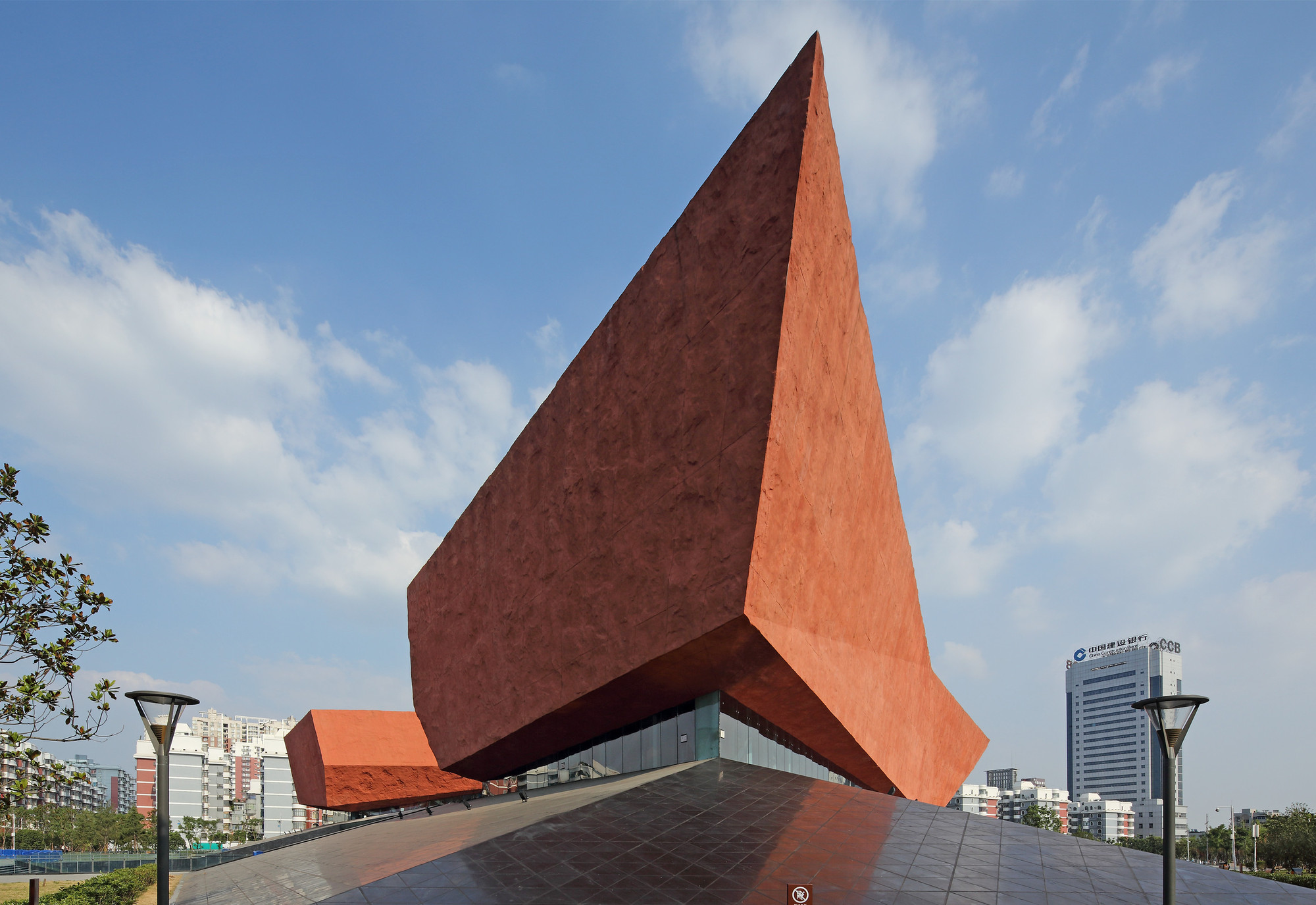
Wuhan Revolution Museum 1911.
Here’s what makes a visit to the Wuhan Revolution Museum 1911 an enriching experience:
What to Expect
- Comprehensive Exhibits: While primarily focused on the Xinhai Revolution, the museum delves into earlier conflicts, offering a panoramic view of China’s historical landscape.
- Engaging Displays: The museum’s layout is designed to captivate visitors, with thoughtful placements that guide you through the revolutionary narrative seamlessly.
- Educational Insights: Ideal for both history buffs and casual visitors, the museum provides valuable context for understanding China’s evolution into a modern state.
Visitor Information
- Location: Conveniently situated in Wuhan, the museum is easily accessible for tourists exploring the city.
- Admission: The museum offers free entry, making it an affordable stop on your historical journey.
- Opening Hours: Typically open daily, it’s advisable to check the latest times before planning your visit.

Wuhan Revolution Museum 1911.
Nearby Attractions
After immersing yourself in the revolutionary history, consider exploring other notable sites nearby, such as the iconic Yellow Crane Tower or the serene East Lake. Both offer a unique glimpse into Wuhan’s rich cultural tapestry.
In conclusion, the Wuhan Revolution Museum 1911 stands as a testament to the enduring spirit of change and resilience that defines not just a city, but a nation. Whether you are a first-time visitor or a seasoned traveler, this museum promises a profound experience that will deepen your appreciation of China’s historical narrative.
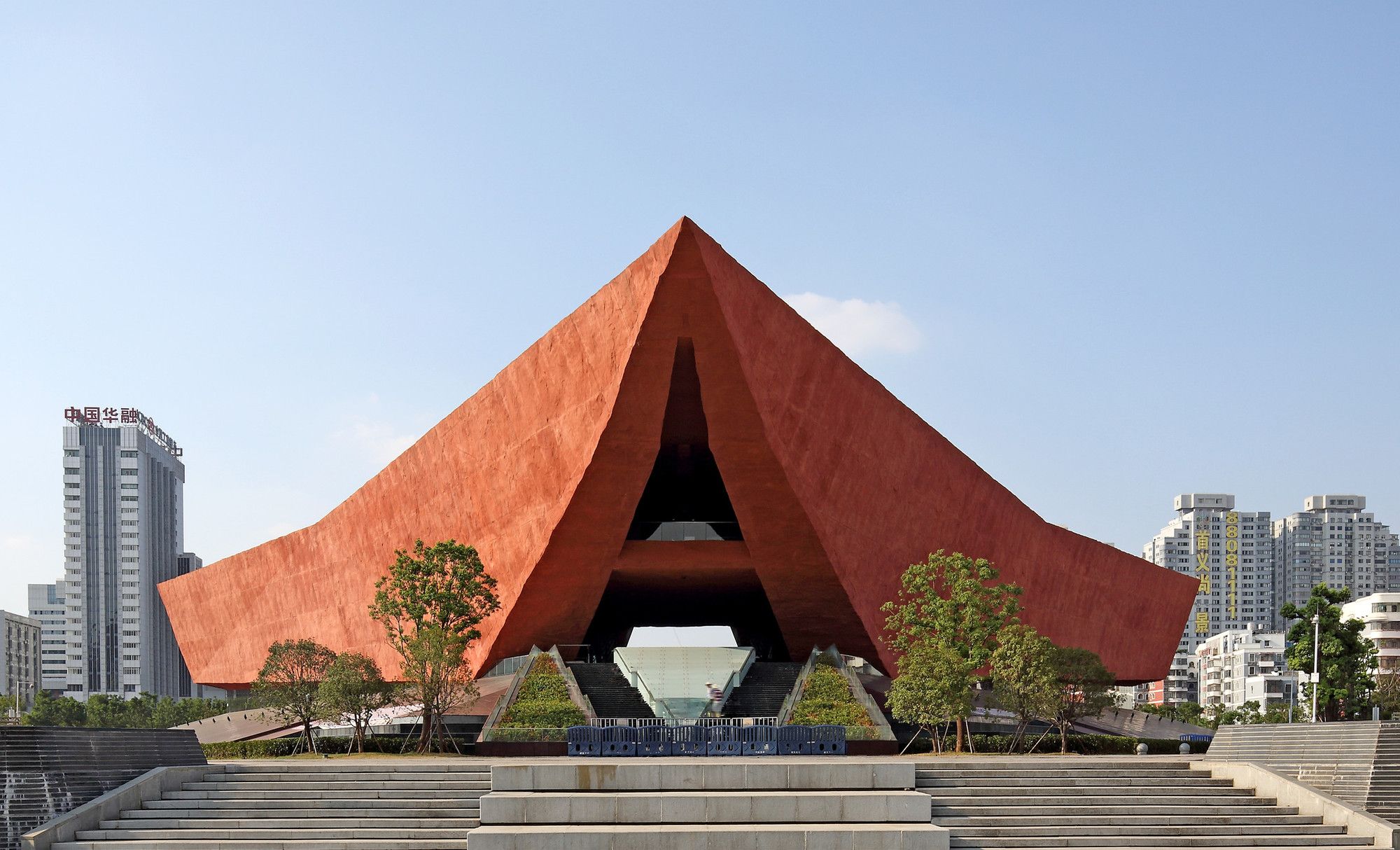
Wuhan Revolution Museum 1911.
The Rich History and Legends of Wuhan Revolution Museum 1911
The Wuhan Revolution Museum, dedicated to the pivotal 1911 Xinhai Revolution, offers visitors a deep dive into one of the most significant turning points in Chinese history. This museum not only chronicles the events leading to the end of over two millennia of imperial rule but also places the revolution in the broader context of early-modern Chinese conflicts and societal changes.
The Historical Significance
In October 1911, the Wuchang Uprising marked the beginning of a nationwide revolt against the Qing Dynasty. This museum is located in Wuchang, the very city where the uprising erupted, making it a fitting tribute to the revolutionary spirit that fueled the movement. The revolution ultimately led to the establishment of the Republic of China, a significant shift towards modern governance and away from imperial rule.
The museum houses an extensive collection of artifacts, documents, and multimedia displays that illustrate the various stages of the revolution, including:
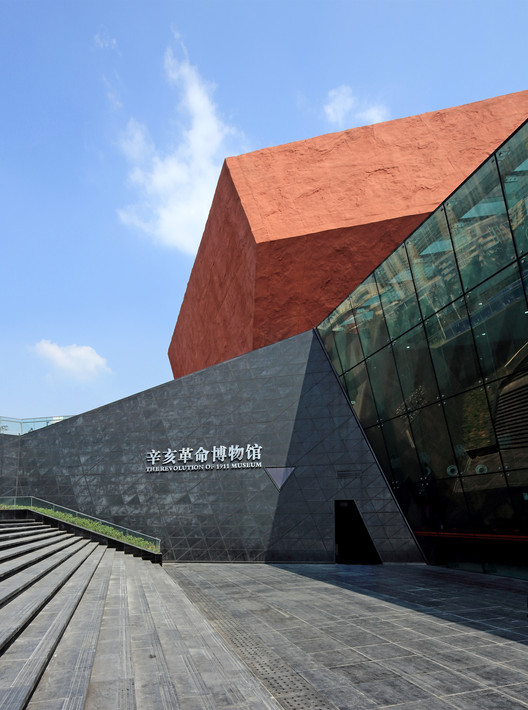
Wuhan Revolution Museum 1911.
- Key Figures: Learn about prominent leaders like Sun Yat-sen and other revolutionaries who played crucial roles in the uprising and the subsequent establishment of a republican government.
- Military Conflicts: Gain insights into the various conflicts and wars that characterized China’s early-modern period, providing a comprehensive understanding of the revolutionary backdrop.
- Social Changes: Explore how the revolution catalyzed significant social changes, including shifts in class structure, education, and women’s rights.
Legends and Stories
Beyond its historical significance, the museum is steeped in legends and folklore that speak to the spirit of resistance and resilience among the Chinese people:
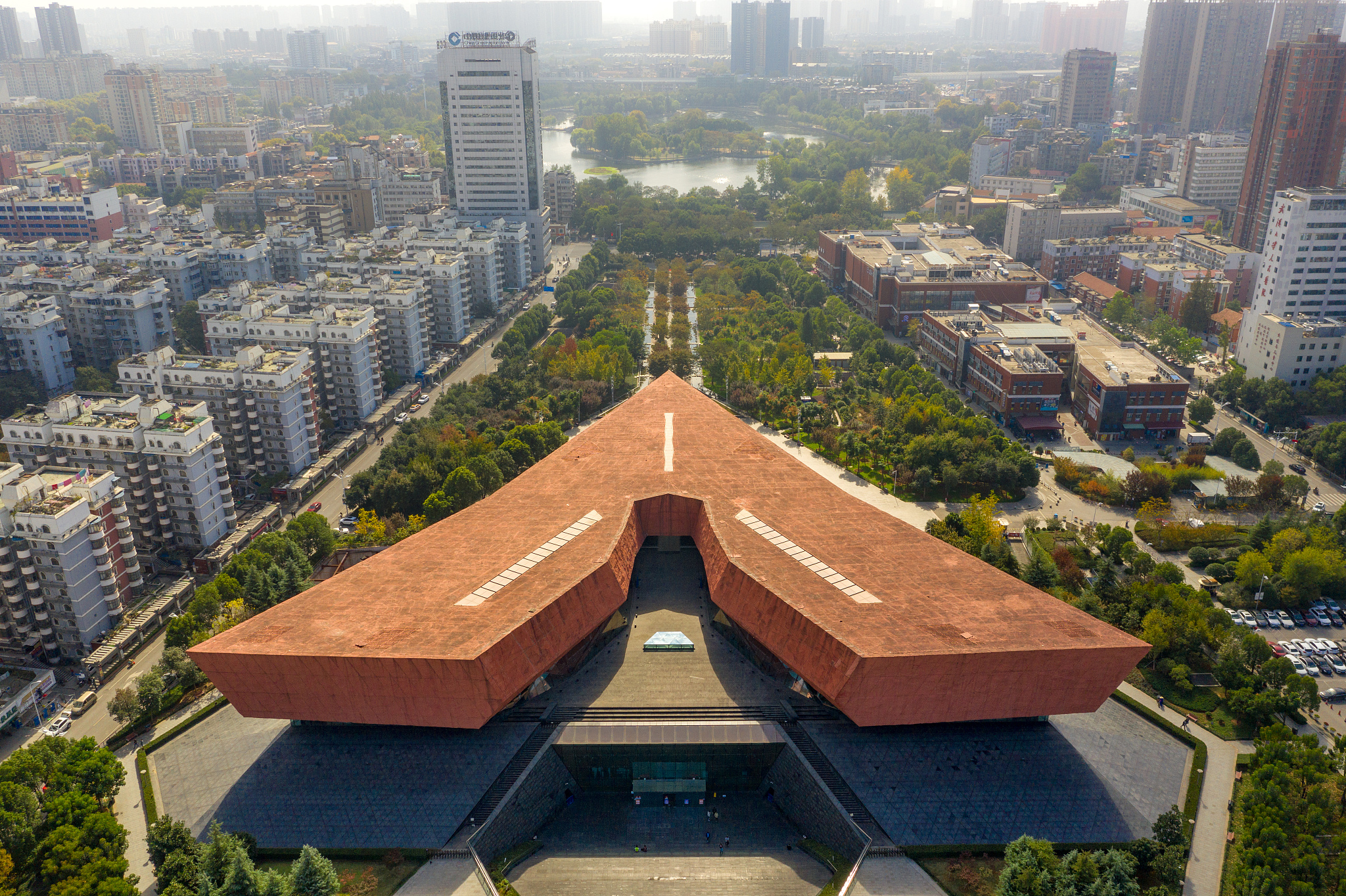
Wuhan Revolution Museum 1911.
-
The Spirit of Wuchang: Local legends often describe the spirit of Wuchang as a guardian of the revolution, embodying the hopes and dreams of those who fought for change. Visitors might hear tales of how the people rallied together, fueled by a deep desire for liberty and equality.
-
The Heroes of the Uprising: Stories of individual bravery abound, such as accounts of ordinary citizens who took up arms alongside trained soldiers, underscoring the grassroots nature of the revolution. These narratives inspire visitors to reflect on the courage of those who risked everything for their beliefs.
An Expansive Experience
While the museum primarily focuses on the Xinhai Revolution, it also addresses broader themes in Chinese history. This multifaceted approach allows visitors to gain a nuanced understanding of how the events of 1911 were not isolated but rather part of a larger tapestry of conflict and reform in China.
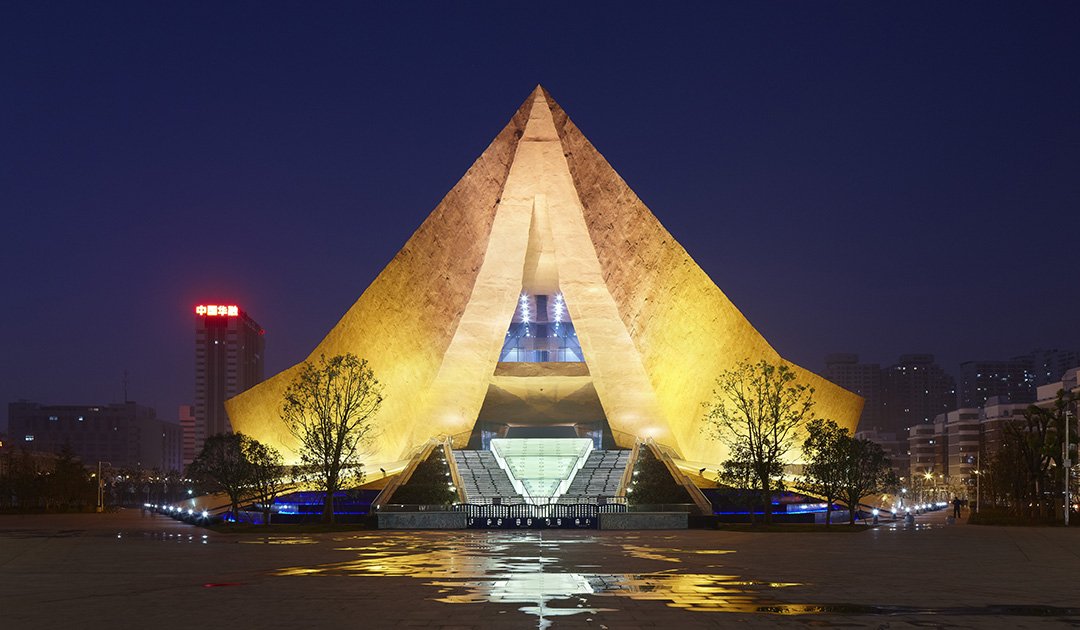
Wuhan Revolution Museum 1911.
As one traverses the museum’s halls, the exhibits draw connections between past and present, revealing how the legacies of the revolution continue to shape modern Chinese identity and governance.
Conclusion
A visit to the Wuhan Revolution Museum is not just an exploration of historical events; it is an invitation to engage with the enduring legends that have emerged from a time of upheaval and transformation. This museum stands as a testament to the resilience of the human spirit and the ongoing journey towards democracy and modernity in China. Whether you are a history buff or simply curious about China’s past, this museum offers a rich and enlightening experience that connects visitors to a pivotal chapter in world history.
Main Highlights: What You Absolutely Can’t Miss
Discover the Unmissable Highlights of the Wuhan Revolution Museum
Visiting the Wuhan Revolution Museum, also known as the 1911 Revolution Museum, is not just an excursion into the past; it’s a profound journey through China’s tumultuous history and cultural evolution. Here are the key highlights that you absolutely cannot miss during your visit:
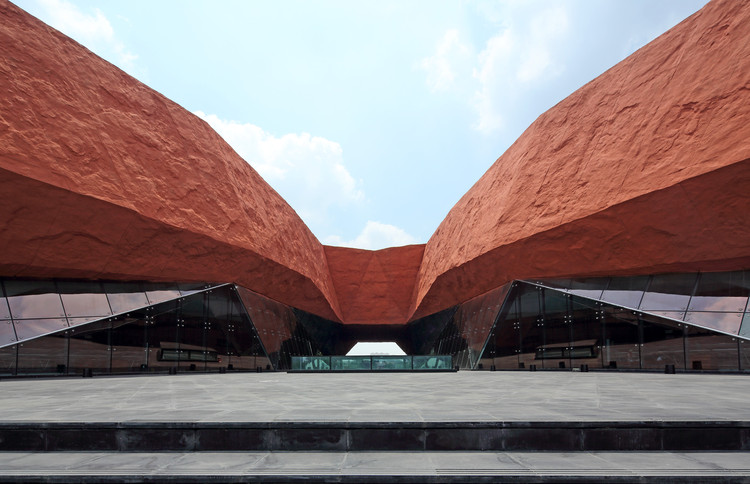
Wuhan Revolution Museum 1911.
1. The Impressive Main Exhibition Hall
Step into the expansive main exhibition hall, where you’ll find a collection of artifacts, documents, and multimedia displays. This immersive experience chronicles the events leading up to the Xinhai Revolution of 1911, which marked the end of over two millennia of imperial rule in China. The thoughtful curation of exhibits provides a comprehensive overview of early-modern Chinese wars and revolutions, making it a must-see for history enthusiasts.
2. Artifacts from the Revolution
Among the treasures on display are original artifacts from the revolution, including weapons, uniforms, and personal items belonging to revolutionaries. These items serve as poignant reminders of the sacrifices made by those who fought for a new era in Chinese history. Don’t forget to take a closer look at the intricately crafted items that reflect the artistry of the period.
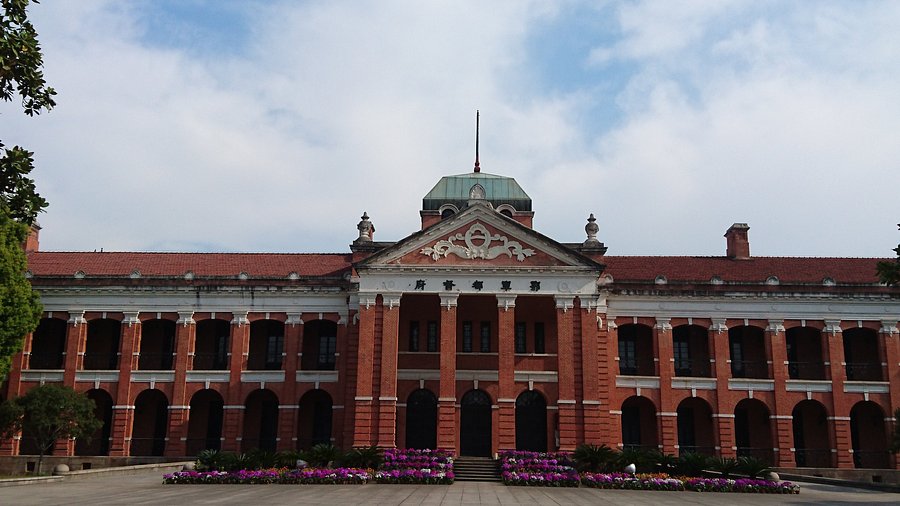
Wuhan Revolution Museum 1911.
3. The Wuchang Uprising Gallery
This dedicated section of the museum focuses on the pivotal Wuchang Uprising, which ignited the revolution. Through detailed narratives and visuals, you’ll gain insight into the strategic maneuvers and the key figures involved. The gallery captures the fervor of the uprising and its significance in shaping the future of China.
4. Interactive Displays
Engage with interactive displays that allow you to delve deeper into the historical context of the revolution. These multimedia installations enhance your understanding of the socio-political climate of early 20th-century China, making the experience both educational and engaging.
5. The Memorial Square
Outside the museum, visit the Memorial Square, which honors those who fought for China’s independence. The solemn atmosphere invites reflection on the struggles faced by previous generations. The square is adorned with monuments and plaques that pay tribute to the brave souls who played pivotal roles in the revolution.
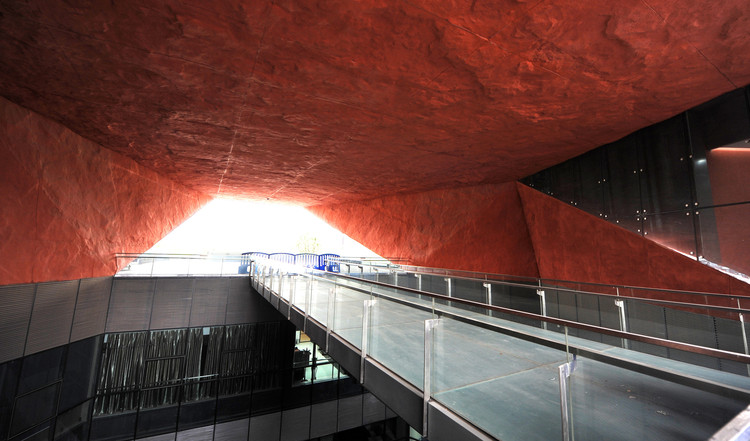
Wuhan Revolution Museum 1911.
6. Educational Programs and Guided Tours
For those seeking a more enriching experience, the museum offers educational programs and guided tours. These sessions provide in-depth knowledge and context, allowing visitors to appreciate the complexities of the revolution beyond the exhibits. Engaging with knowledgeable guides can significantly enhance your understanding and enjoyment of the museum.
7. The Museum’s Architecture
Don’t overlook the museum’s architecture, which is a blend of modern design and historical elements. The structure itself symbolizes the transition from the past to the future, embodying the spirit of reform that characterized the revolution. Take a moment to appreciate its design as you move through the space.
8. Gift Shop and Café
Before you leave, stop by the museum’s gift shop for unique souvenirs that commemorate your visit. You’ll find books, replicas, and other memorabilia related to the revolution. Additionally, the café offers a quiet space to relax and reflect on what you’ve learned.
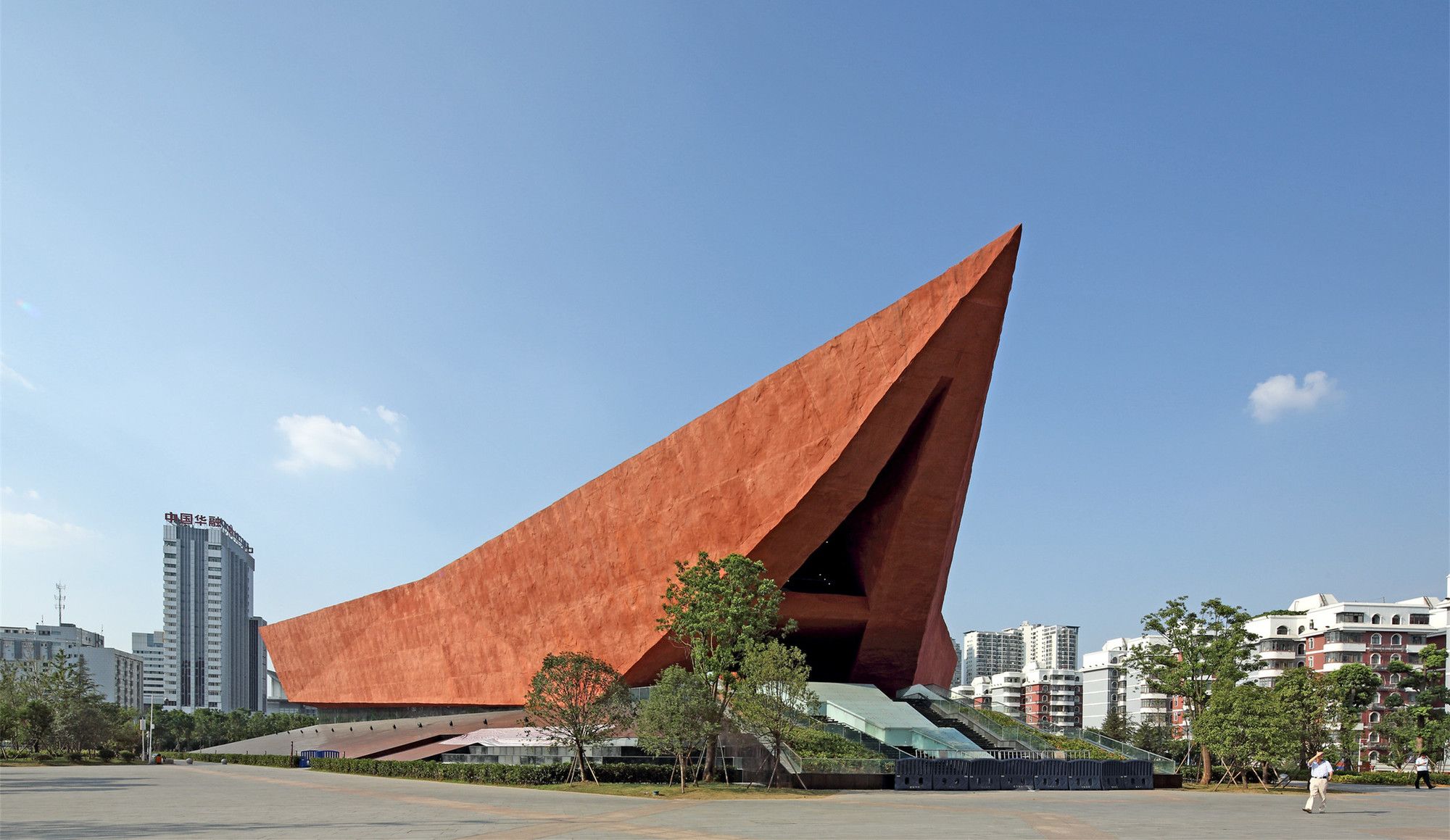
Wuhan Revolution Museum 1911.
Plan Your Visit
The Wuhan Revolution Museum is a treasure trove of history that appeals to anyone interested in the intricate tapestry of Chinese culture and the revolutionary movements that shaped it. Whether you’re a seasoned historian or a curious traveler, this museum promises a profound and enriching experience that will leave a lasting impression. Don’t miss out on this pivotal chapter of China’s history during your travels in Wuhan!
Planning Your Visit: A Practical Guide
Essential Information for Your Visit to the Wuhan Revolution Museum 1911
Whether you’re a history buff or simply curious about China’s revolutionary past, the Wuhan Revolution Museum 1911 offers a captivating glimpse into one of the most significant periods in Chinese history. This guide will help you make the most of your visit to this important cultural site.
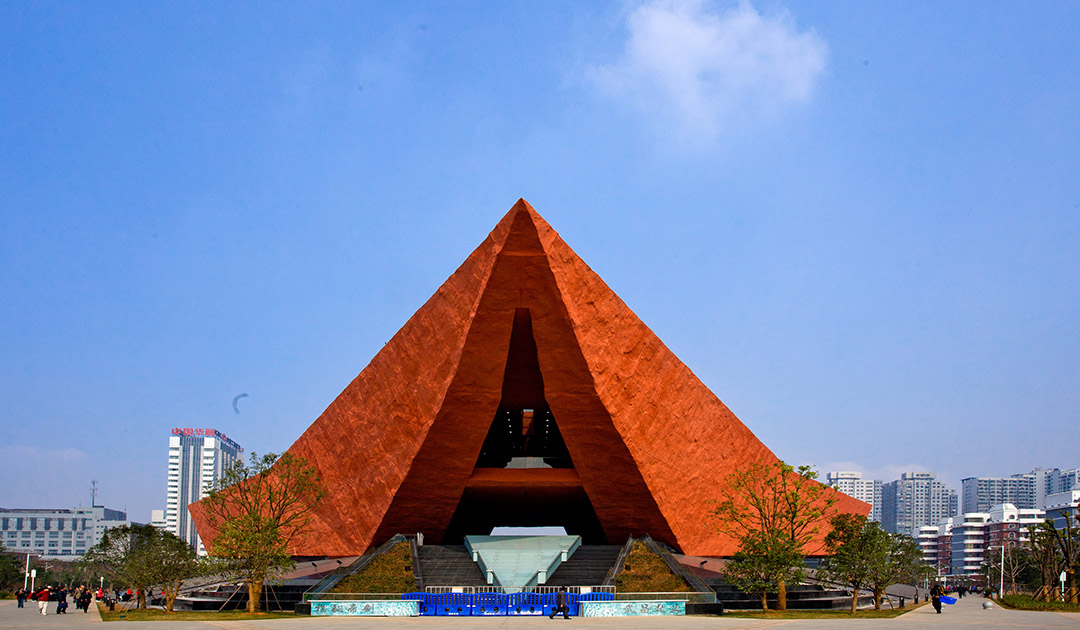
Wuhan Revolution Museum 1911.
Location and Accessibility
- Address: The museum is located in the Wuchang District of Wuhan, easily accessible by public transport.
- Public Transport: The nearest subway station is the Wuchang Railway Station (武汉火车站), which is just a short walk away. Local buses also frequently serve the area.
- Opening Hours: The museum is open daily from 9:00 AM to 5:00 PM, with the last admission at 4:30 PM. It’s advisable to check for any holiday closures or special events on their official website.
Admission Information
- Entry Fee: Admission to the museum is free, making it an excellent choice for budget-conscious travelers.
- Guided Tours: While the museum offers informational signage in both Chinese and English, consider joining a guided tour for a more in-depth experience. Private tour options are available, allowing you to customize your visit according to your interests.
Highlights of the Museum
- Exhibits: The museum primarily focuses on the Xinhai Revolution of 1911 but also provides extensive insights into China’s early modern history, including various conflicts that shaped the nation.
- Interactive Displays: Engage with interactive exhibits that bring history to life, providing context to the artifacts on display.
- Multimedia Presentations: Enjoy audio-visual presentations that narrate the revolutionary events, enhancing your understanding of this transformative period.

Wuhan Revolution Museum 1911.
Nearby Attractions
After visiting the museum, consider exploring other historical sites and attractions in the vicinity:
- Yellow Crane Tower: A stunning landmark offering panoramic views of the Yangtze River.
- Hubei Provincial Museum: Home to a rich collection of artifacts, including ancient musical instruments and relics from the Chu culture.
- Guiyuan Temple: A serene Buddhist temple known for its exquisite architecture and tranquil atmosphere.
Tips for Your Visit
- Time Your Visit: Aim to spend at least 1-2 hours at the museum to fully appreciate the exhibits.
- Photography: Photography is generally permitted, but be respectful of the exhibits and other visitors.
- Language: While most exhibits have English translations, learning a few basic Mandarin phrases can enhance your interactions with local staff and enhance your experience.
- Cultural Etiquette: When visiting, be mindful of local customs. Dress modestly and observe museum etiquette, such as refraining from loud conversations.
Planning Your Trip
- Weather Considerations: Wuhan experiences a humid subtropical climate. Plan your visit during spring (April to June) or autumn (September to November) for the most pleasant weather.
- Accommodations: There are various hotels nearby, catering to all budgets. Consider staying in the Wuchang District for easy access to the museum and other attractions.
- Dining Options: Explore local eateries offering Hubei cuisine nearby. Must-try dishes include hot dry noodles (热干面) and various street food options.
Conclusion
The Wuhan Revolution Museum 1911 is not just a museum; it is a gateway to understanding the complexities of China’s past. With its rich exhibits and engaging narratives, it promises to enrich your travel experience. Make sure to plan ahead, and immerse yourself in the history that has shaped modern China. Happy travels!
Tickets: Prices, Booking, and Tips
Visiting the 1911 Revolution Museum: Your Essential Guide to Tickets, Pricing, and Tips
Exploring the 1911 Revolution Museum (武汉辛亥革命武昌起义纪念馆) in Wuhan is a captivating journey into a pivotal moment in Chinese history. To ensure your visit goes smoothly, here’s everything you need to know about tickets, pricing, and tips for booking.
Ticket Prices
- General Admission: Entry to the museum is typically free, allowing visitors to immerse themselves in the rich history without any financial barrier.
- Special Exhibitions: Occasionally, certain special exhibitions may require a nominal fee. Always check the museum’s website or inquire at the entrance for the latest updates on any additional charges.
Booking Information
- Walk-Ins Welcome: The museum operates on a walk-in basis, so you can simply arrive and gain entry. However, during peak tourist seasons or weekends, it’s advisable to arrive early to avoid crowds.
- Online Reservations: For those who prefer planning ahead, you may find options for online reservations through various travel platforms. Keep an eye on official museum announcements for special events or exhibitions that may require advance booking.
Tips for Your Visit
-
Check Opening Hours: The museum typically operates from 9:00 AM to 5:00 PM. It’s best to check their official website for any seasonal changes in hours or holiday closures.
-
Plan for Your Time: While the museum can be explored in about 1-2 hours, allowing extra time is recommended. This will give you the opportunity to delve deeper into the exhibits and fully appreciate the intricacies of the 1911 Revolution and its broader historical context.
-
Language Considerations: While many exhibits have English translations, consider downloading a translation app or joining a guided tour if you want a more in-depth understanding of the displays.
-
Photography: Photography may be allowed in certain areas, but be sure to respect any restrictions. Capturing the essence of the museum can enhance your experience and provide lasting memories.
-
Combine with Nearby Attractions: The museum is situated near other significant sites like the Yellow Crane Tower and the Hubei Provincial Museum. Consider planning a full day of exploration to experience the rich cultural tapestry of Wuhan.
-
Accessibility: The museum is generally accessible to visitors with disabilities. However, if you have specific needs, it may be beneficial to contact the museum staff in advance for assistance.
-
Transportation: The museum is easily reachable by public transport. Taxis and ride-sharing services are also readily available, making it convenient to access from various parts of the city.
By following these guidelines, you’ll ensure a rewarding visit to the 1911 Revolution Museum, enriching your understanding of China’s tumultuous yet fascinating history. Enjoy your journey through time!
How to Get There: A Complete Transportation Guide
Getting to the Wuhan Revolution Museum 1911
Whether you’re a history buff or simply curious about China’s revolutionary past, visiting the Wuhan Revolution Museum, also known as the 1911 Revolution Museum, is a must. This engaging museum offers an expansive look at the Xinhai Revolution and its impact on modern China. To make your journey to this historical site as smooth as possible, here’s a comprehensive transportation guide.
Arrival by Air
Wuhan Tianhe International Airport (WUH) is the main airport serving the city. It is located about 26 kilometers (16 miles) from the museum, which is situated in the Wuchang District.
- Getting to the Museum:
- Taxi: The most convenient option is to take a taxi directly from the airport. The journey takes approximately 40 minutes, depending on traffic, and costs around 100-150 CNY (15-23 USD).
- Airport Shuttle Bus: There are shuttle buses that operate between the airport and major city areas. You can take the shuttle to Wuchang and then catch a local taxi or use public transport to reach the museum.
Public Transportation
Wuhan boasts an extensive public transportation network, making it easy to navigate the city.
- Metro:
- Line 4: Take Line 4 (the green line) and disembark at the Wuchang Railway Station. From there, you can take Bus 503 or a 15-minute walk to the museum.
-
Line 7: Alternatively, you can take Line 7 to Hongshan Square and transfer to Line 4 to reach Wuchang Railway Station.
-
Bus: Various bus lines serve the museum, including:
- Bus 503: Directly connects major transit points to the museum.
- Bus 402: Offers an alternative route; check local schedules for the latest updates.
Getting Around Wuhan
If you prefer a bit more freedom, consider renting a bike or using ride-hailing apps like Didi Chuxing, which are popular in Wuhan. This option allows you to explore the city at your own pace and visit nearby attractions such as the Yellow Crane Tower and Hubei Provincial Museum.
Local Tips
- Peak Hours: Be mindful of rush hour traffic, especially in the mornings and late afternoons, as public transport can get crowded.
- Language: While many signs are in English, having a translation app can be helpful, as English is not widely spoken among locals.
- Cash and Payment Apps: While many taxis and public transport options accept mobile payment apps, it’s wise to carry some cash (CNY) for smaller transactions.
Nearby Attractions
After exploring the museum, consider visiting nearby historical sites such as:
– Wuchang Uprising Memorial
– Yellow Crane Tower
– Hubei Provincial Museum
These attractions are easily accessible via public transport or a short taxi ride, allowing you to enrich your understanding of Wuhan’s rich history.
By following this transportation guide, you’ll be well-equipped to navigate your way to the Wuhan Revolution Museum and immerse yourself in the echoes of China’s revolutionary past. Enjoy your journey!
Local Cuisine and Accommodation Nearby
Savoring Local Flavors and Finding Your Stay in Wuhan
When visiting the Wuhan Revolution Museum, immerse yourself not just in history but also in the rich culinary landscape and comfortable accommodations that the city has to offer. From traditional dishes to modern eateries, and from budget hostels to luxurious hotels, Wuhan caters to every traveler’s palate and preference.
Local Cuisine to Explore
Wuhan is renowned for its unique flavors and local specialties. Here are some must-try dishes to savor during your visit:
- Hot Dry Noodles (热干面): A quintessential Wuhan dish, these noodles are served cold and topped with sesame paste, chopped scallions, and pickled vegetables. A perfect breakfast option!
- Re Gan Mian (热干面): Another noodle dish that boasts a hearty flavor from its rich sauce made of soy and sesame. It’s a staple for both locals and visitors.
- Dumplings (饺子): Available in various fillings, dumplings are a popular snack. Be sure to try the local variety served with a spicy dipping sauce.
- Wuhan-style Fish (武汉鱼): Freshwater fish, often sourced from the Yangtze River, is cooked in various styles, including spicy hot pot and steamed with herbs.
- Tuan Tuan (团圆): These sweet rice dumplings, traditionally filled with sweet red bean paste, are a delightful dessert to round off your meal.
For a true culinary adventure, visit Hubu Alley, a bustling food street near the museum, where you can sample these local delights alongside other street food favorites.
Where to Stay
Finding the right accommodation can enhance your experience in Wuhan. Here are a few recommendations, ranging from budget to luxury:
- Budget Options:
- Wuhan Pod Inn: A cozy and affordable choice, ideal for budget travelers. Its location is convenient, just a short distance from the museum.
-
Hanting Hotel: Known for its clean rooms and friendly service, this hotel offers good value and comfort.
-
Mid-Range:
- Kempinski Hotel Wuhan: This hotel features modern amenities, a stunning view of the Yangtze River, and is located close to major attractions, including the museum.
-
Wuhan East Lake Hotel: Nestled near East Lake, this hotel provides a serene environment with easy access to the museum and the surrounding parks.
-
Luxury Stays:
- Wuhan InterContinental: Offering top-notch service and exquisite dining options, this luxury hotel is perfect for those looking to indulge in a lavish experience.
- Marriott Wuhan Optics Valley: With spacious rooms and premium amenities, this hotel is an excellent choice for travelers seeking comfort and elegance.
Whether you are indulging in the local cuisine or relaxing in a comfortable hotel, your visit to the Wuhan Revolution Museum will be enriched by the flavors and hospitality of this vibrant city.
Frequently Asked Questions
Frequently Asked Questions about the Wuhan Revolution Museum 1911
1. What is the significance of the Wuhan Revolution Museum?
The Wuhan Revolution Museum, also known as the 1911 Revolution Museum, commemorates the 1911 Xinhai Revolution, which marked the end of over two thousand years of imperial rule in China. It serves as a vital historical site that details the events surrounding the revolution and its impact on modern Chinese history.
2. What can I expect to see at the museum?
Visitors can explore a comprehensive collection of artifacts, documents, and exhibits that detail the 1911 Revolution and other significant conflicts in early-modern Chinese history. The museum features interactive displays and informative panels that provide context and narratives surrounding the revolutionary events.
3. How long should I plan to spend at the museum?
On average, visitors spend about 1 to 2 hours at the Wuhan Revolution Museum. This allows ample time to view the exhibits, read the informative materials, and absorb the historical significance of the site.
4. Is there an admission fee?
No, entry to the Wuhan Revolution Museum is free of charge. This makes it an accessible and enriching experience for all visitors interested in Chinese history and culture.
5. Are there any guided tours available?
While the museum itself does not offer guided tours, there are many local tour companies that provide private or group tours of the museum as part of broader historical explorations in Wuhan. This can enhance your visit with expert insights and stories.
6. Is the museum accessible for individuals with disabilities?
Yes, the Wuhan Revolution Museum is equipped to accommodate visitors with disabilities. The facilities are designed to ensure accessibility, including ramps and elevators where necessary.
7. What are the museum’s opening hours?
The museum is typically open from 9:00 AM to 5:00 PM, but it’s advisable to check the official website or local listings for any seasonal changes or special closures before your visit.
8. What other attractions are nearby?
The museum is located in a vibrant area of Wuhan, with several other historical attractions within easy reach. Notable nearby sites include the Yellow Crane Tower, the Hubei Provincial Museum, and the picturesque East Lake, making it convenient to plan a day of exploration around the museum visit.
Final Thoughts on Your Trip
As you reflect on your visit to the Wuhan Revolution Museum 1911, it’s essential to appreciate the profound historical narratives that this remarkable site offers. Nestled in the heart of Wuhan, this museum is not just a tribute to the Xinhai Revolution; it encapsulates the tumultuous journey of China through the early-modern period.
A Journey Through History
Your exploration of the museum will have provided you with insights into:
- The Xinhai Revolution: Understand the pivotal events that led to the fall of the Qing Dynasty and the establishment of the Republic of China.
- Broader Historical Context: Gain perspective on the wars and conflicts that shaped modern China, highlighting the resilience and evolution of its people.
- Cultural Significance: Appreciate how these historical moments continue to influence contemporary Chinese society and identity.
Beyond the Museum
While the museum stands as a cornerstone of Chinese history, your time in Wuhan offers much more. From the iconic Yellow Crane Tower to the serene East Lake, each destination adds layers to your understanding of this vibrant city.
Final Reflections
As you leave, consider the stories shared by the exhibits, the artifacts that have withstood the test of time, and the echoes of revolutionary fervor that still resonate today. The Wuhan Revolution Museum is a testament to the enduring spirit of change and progress in China.
Your journey has not only enriched your knowledge but has also connected you to the very fabric of a nation that has adapted and thrived through centuries of transformation. As you embark on your next adventure, carry with you the lessons of history and the stories of those who paved the way for the future.